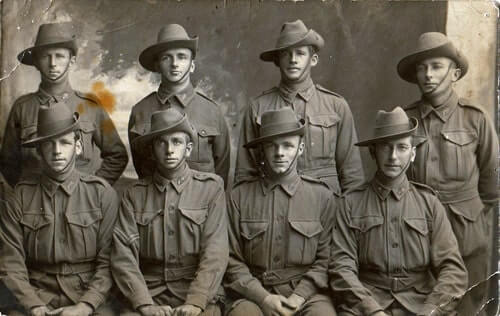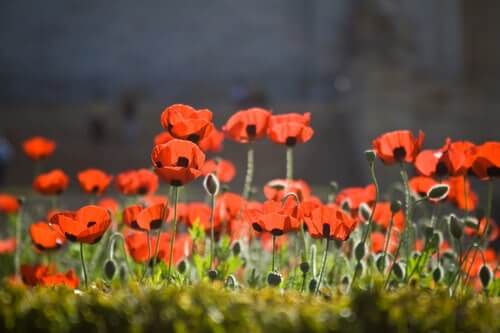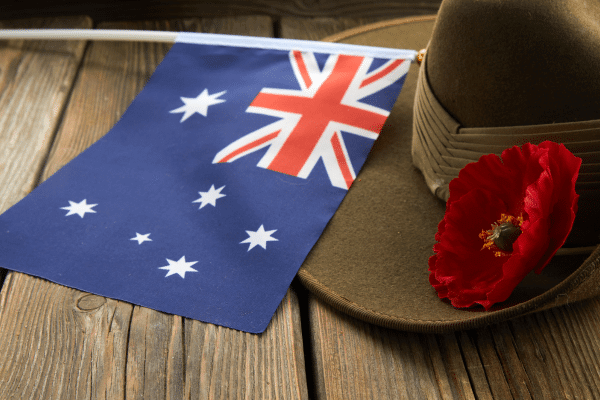Growing up in Sydney as an Indian-Australian kid, ANZAC Day was just another normal day.
Apart from that one minute of silence and special school assembly.
The Last Post did not resonate at first.
Yet it soon became associated with that ‘ANZAC Day feeling’.
And soon, for those 60 seconds that we stood up in class, with our heads bowed down and our hands behind our backs, visions ran through my mind of soldiers in battles and trenches in dry treeless fields – no doubt spurred on by a passionate teacher or two.
Although the one minute of silence every year connected me to the Australians of the past, it was a trip to the Australian War Memorial in Canberra that made me rethink everything I knew about the fallen soldiers and the battles that they fought.
Standing outside the stairs of the War Memorial surrounded by my noisy classmates, I didn’t know what to expect. But as we walked in, the reality of war began to sink in, as the noise of my classmates quietened to a volume that even the teachers couldn’t get us to. The images of the conditions of the war, the fighter planes displayed across the floors, the mannequins wearing the slouch hats and the rag-thin ‘armour’ that was the uniform of the soldiers – these remain in my mind to this day.

As do the artefacts of the weaponry, the signs written in English, Turkish, German and French, and the model planes flown by the Royal Australian Air Force.
I had seen these in movies like Gallipoli and The Water Diviner but seeing it all face-to-face was confronting. It bothered me that many of these soldiers weren’t men or women, but boys and girls that were putting their lives on the line.
It made war real in my eyes.
It struck me that when we celebrated ANZAC Day every year, we were not marking a great military victory and celebrating war heroes, but remembering a great military catastrophe, a doomed operation from the start.
And yet, the people we remembered, were war heroes.
What was possibly the most memorable experience throughout the whole tour, was the Roll of Honour section in the memorial’s Commemorative Area.
In commemoration of soldiers who have died during or as a result of war service, or for post-1945 conflicts, the Roll of Honour respects the fallen by having their names carved on bronze panels. There’s space for visitors to place a red poppy next to them. The iconic red poppy is renowned around the world as a symbol of remembrance for those who have given their life in war and conflict. In soldiers’ folklore, the red from the poppy originates from the blood of their fallen comrades that was soaked up by the ground and grew on the land where their bodies laid.

(I know now also, the special significance those sprigs of rosemary hold on ANZAC Day: the diggers probably smelt the aroma of this herb in their last days – given it grows wild on the fields where they served.)
Seeing the 103,000 names listed on the Roll of Honour, was a life changing experience for me. They stood as a stark reminder of the horror, tragedy and sheer futility of war.
I began to pay more attention from then on, to news and features about the ANZACs. The revelation of the Indian soldiers at Gallipoli struck a deep chord – especially as they were forgotten characters in the history of the war, even though their contributions were just as spectacular.
I look out now for the Indian-origin soldiers in the annual ANZAC Day parade. My own personal ANZAC Day tributes are just as much for them, as for the greater contingents of Australian soldiers who lost their lives on the peninsula. It is a sobering thought that they came from all over the world, really.
The Last Post now stirs the emotions – never more so than on those COVID days as I joined my family on our front door to listen to someone down the road play it on their bugle.
ANZAC Day is no longer just a normal day for me. It’s a day of commemoration for all who have fallen in battle, any battle, wherever in the world.
READ MORE: Why we celebrate ANZAC Day




